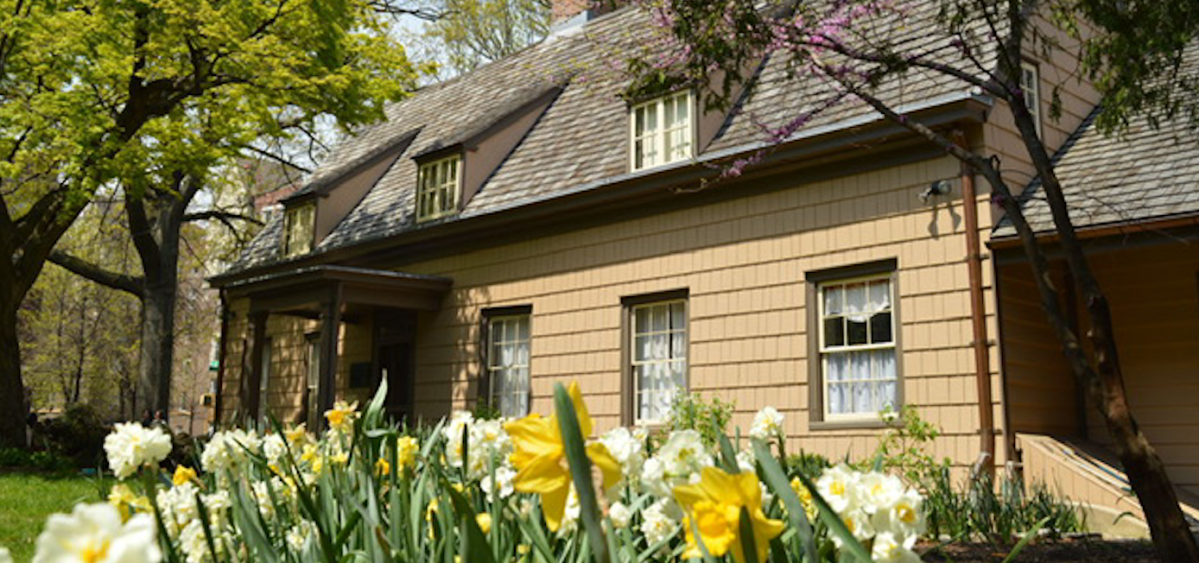The National Underground Railroad Network to Freedom has awarded Flushing Bowne House Historical Society a significant grant to research, identify and map Underground Railroad networks and escape routes used by freedom-seekers through the relatively unknown “backwaters” of Civil War-era Queens and Long Island.
“Mapping the Underground Railroad at the Bowne House: Flushing & Beyond” aims to document the museum’s ties to various Underground Railroad networks, the broader abolition movement and other now-vanished Black history sites throughout Queens and Long Island.
To broaden knowledge of 19th-century Bowne family residents who were part of the networks that assisted freedom-seekers, staff will conduct research in the museum’s extensive archives and other area repositories; interview Black history scholars and New York City historians; and create multimedia programming, including story maps and walking tours to share new information about the Underground Railroad with the general public.
“Last year the Bowne House received Network to Freedom membership on the strength of our significant and extensive archives, which document the Bowne and Parsons’ connection to the abolition cause,” said Bowne House archivist Charlotte Jackson, who will lead the research and mapping project. “However, there are still many mysteries remaining regarding the Underground Railroad in Flushing and Bowne House’s association with it. This NTF research and interpretation grant will help us to uncover lesser-known abolitionist networks and the hidden African-American history of Flushing — and most importantly — communicate our finds to a national and international audience.”
Bowne House, located at 37-01 Bowne St., is the only designated Network to Freedom site in Queens and one of only a handful in New York City.
Its Underground Railroad mapping project is designed to educate, among others, the general public; scholars and students; and Civil War and Black history enthusiasts. The museum’s innovative approach to the interpretation of a topic of intense national interest will positively impact tourism to Flushing, throughout Queens and Long Island, and in greater New York City.
Among the oldest buildings in New York City, Bowne House was built circa 1661 by John Bowne, a Quaker who emigrated from England to Boston and settled in Flushing, when New York was under Dutch rule. His family prospered in America: The nine generations born and raised in the house produced business leaders, horticulturists, educators and politicians who impacted the history of New York City.
Over the course of 300 years the family left its mark on American culture, participating in events of both regional and national significance — beginning with John Bowne’s courageous defense of religious freedom in 1662, an act that inspired the principles later codified in the United States Constitution.
Nineteenth-century family activists benefited numerous underserved populations including freedom seekers in Queens and beyond traveling along the Underground Railroad. In the 19th and 20th centuries, members of the Bowne family founded several social service and educational organizations that improved the lives of Flushing’s African American community.
The Bowne House Historical Society was founded in 1945 by a group of local Flushing residents for the sole purpose of purchasing the house and opening it to the public as a museum in 1947.
Today, the museum offers tours and special events throughout the year for the general public as well as customized tours for students of all ages. Most of the approximately 5,000 objects in the museum’s collection are original to the House, a rarity found in few cultural institutions open to the public.
The extensive collection includes fine examples of English and American furniture and decorative art; paintings, textiles and costume; household artifacts; rare books and manuscripts; and toys. The Bowne House archives is an extensive collection available to readers by appointment. It documents the history and civic activities of the Bowne and Parsons families – occupants of the house from the 17th through the 20th centuries.



































